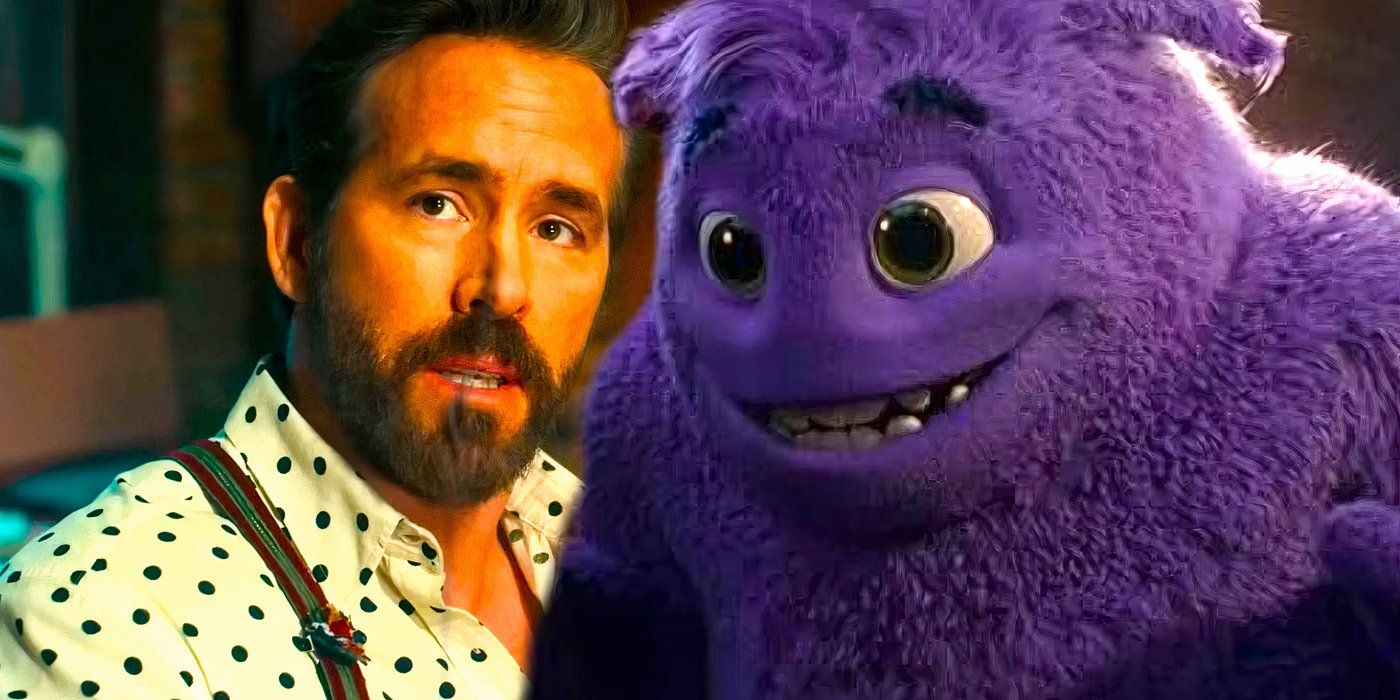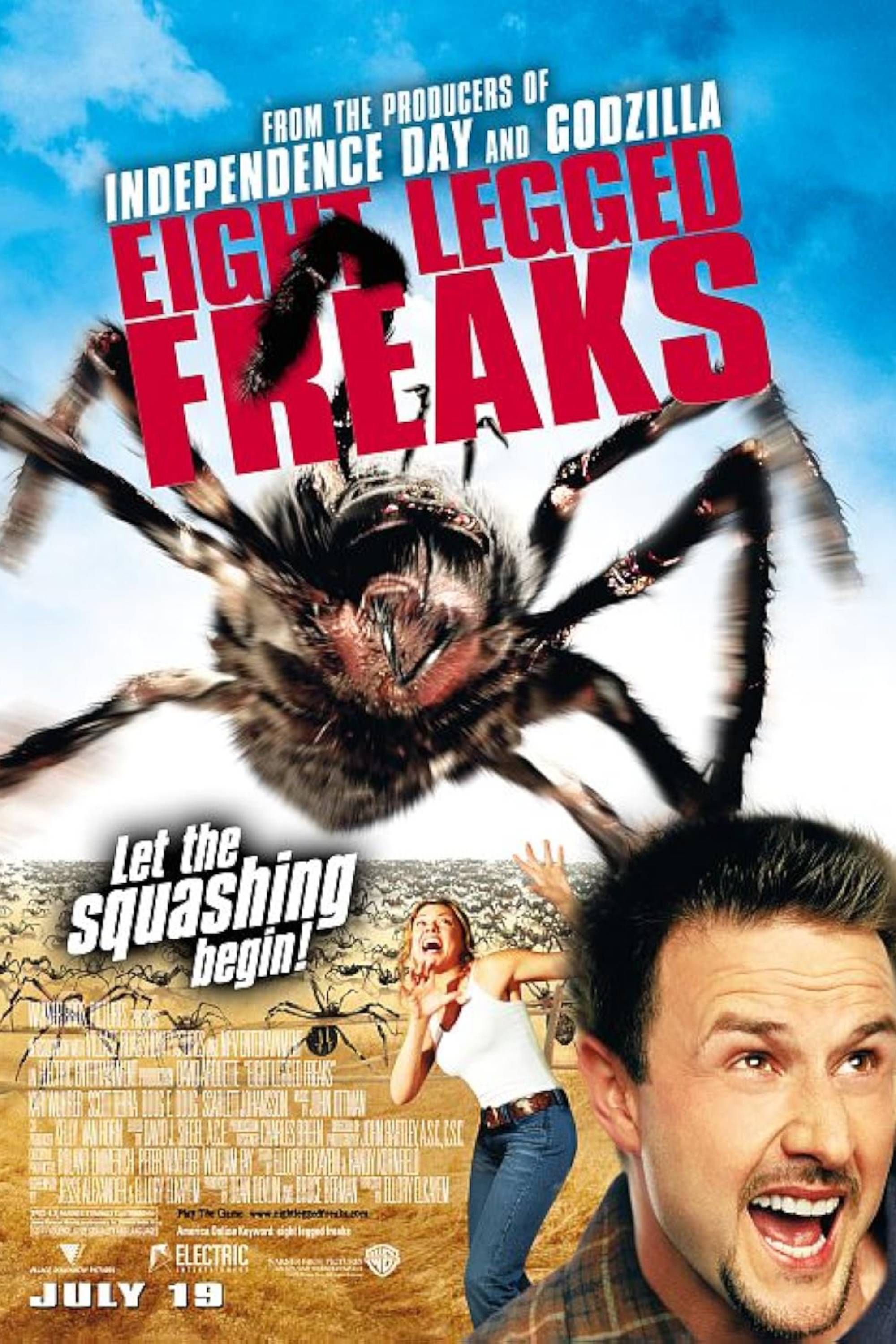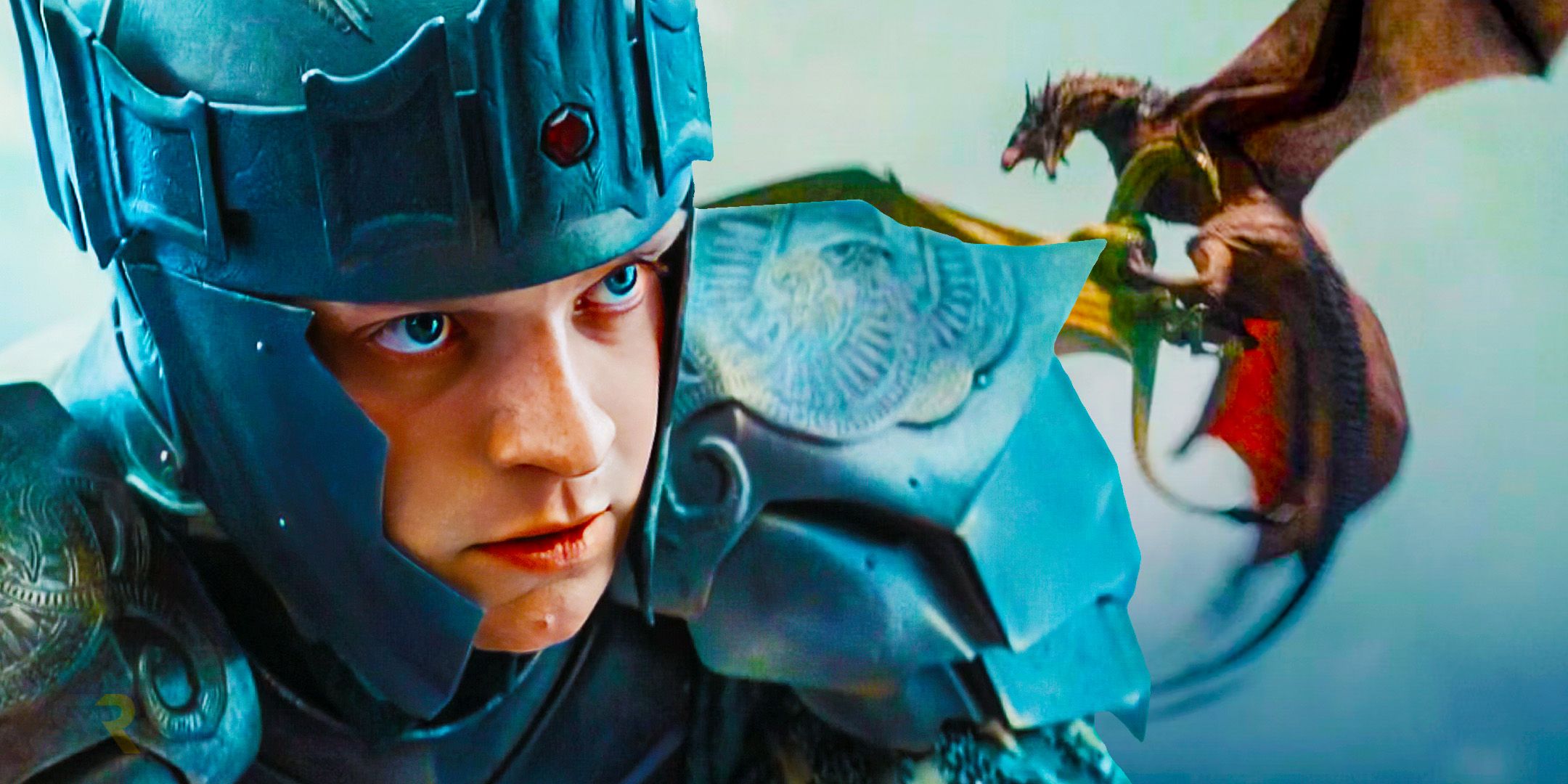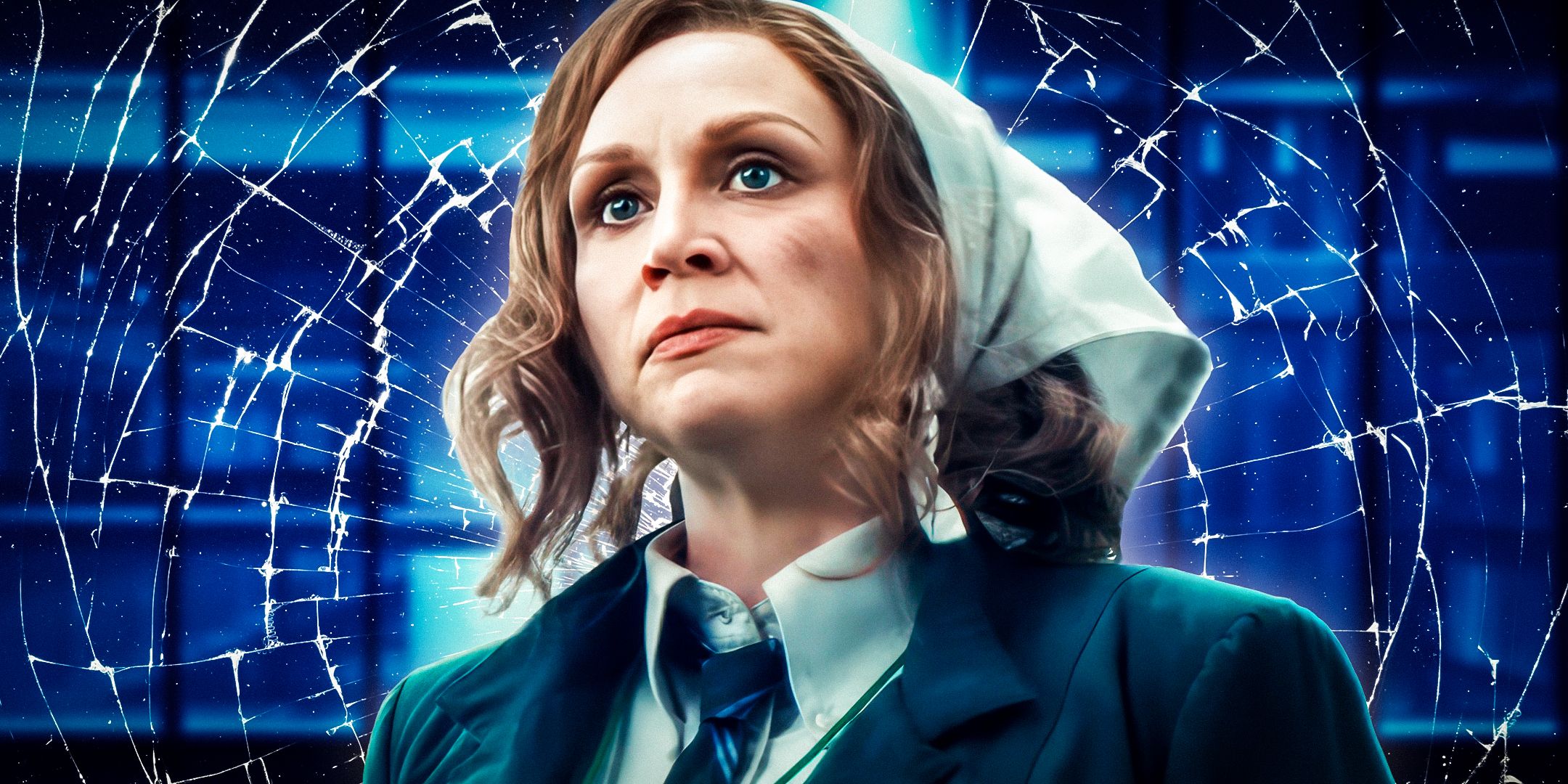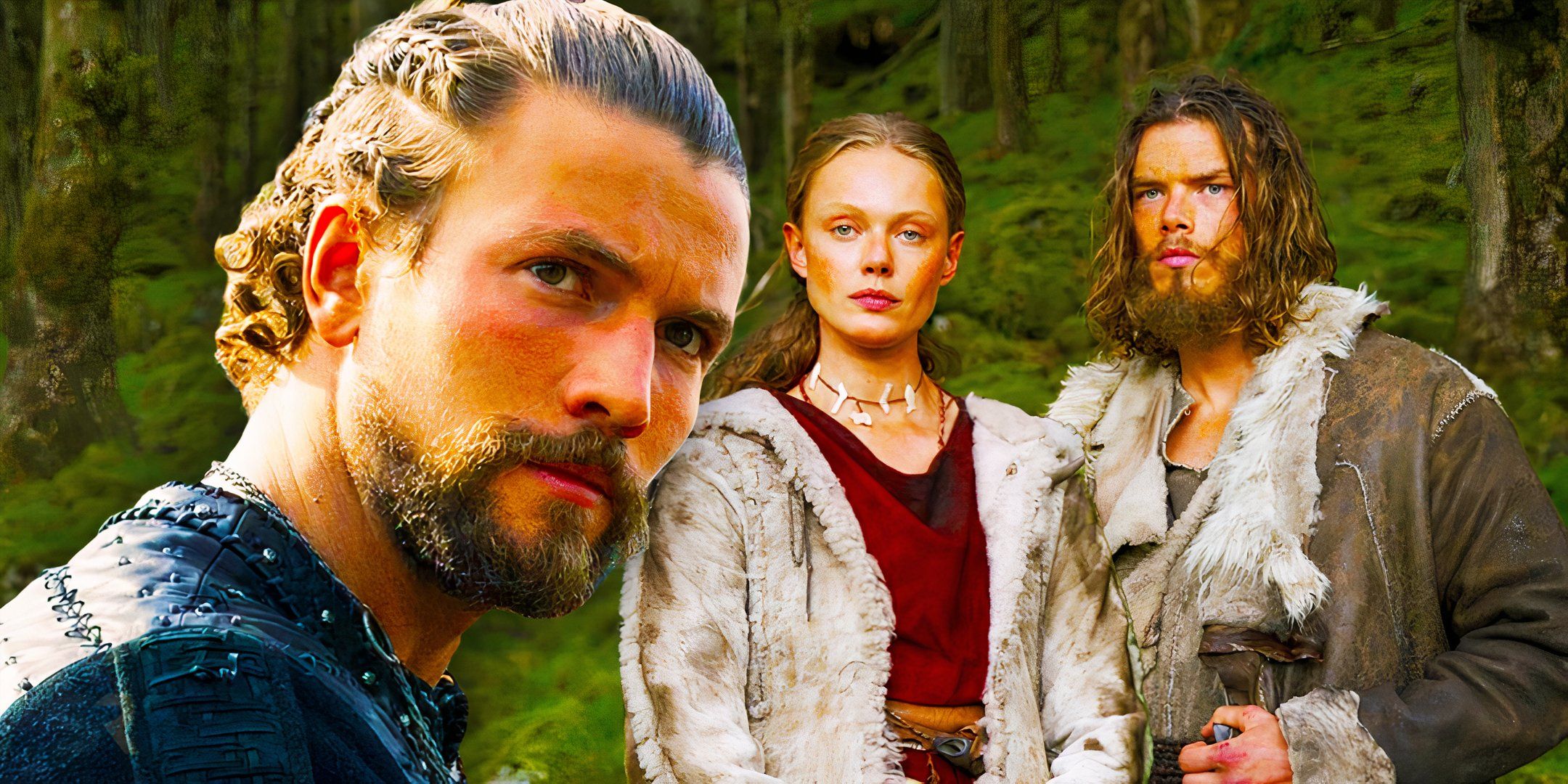Though the Kelvin Timeline serves as a reboot of the beloved series, Star Trek 4 needs to avoid recycling further elements of Star Trek: The Original Series. J.J. Abrams rebooted the Star Trek franchise in 2009 by branching its narrative off into an alternate universe. Known as the Kelvin Timeline, the alternate reality sees the iconic characters of The Original Series reimagined and recast. The Kelvin Timeline allowed Abrams to tell a relatively simple Star Trek story free from the burden of decades of continuity and also afforded an opportunity to cater to a broader audience with action-packed sci-fi blockbusters.
After the success of the 2009 movie, Star Trek‘s Kelvin Timeline was fleshed out with two sequels: Star Trek Into Darkness in 2013, and Star Trek Beyond in 2016. Each movie further explored Abrams’ new continuity (despite Abrams himself being absent from Beyond), establishing the differences between the Kelvin Timeline and Star Trek‘s Prime Universe. However, certain elements of the Kelvin Timeline are inspired by, or refer to, The Original Series, linking Abrams’ continuity to Star Trek‘s wider universe.
Star Trek 4 is set to continue the Kelvin Timeline’s story, but it actually needs to distance itself from The Original Series. Though other movies in the Kelvin Timeline reference TOS in various ways, these serve no real narrative purpose and only serve to loosely connect the two separate continuities. With Star Trek 4 following on from Beyond‘s story, the Kelvin Timeline is getting further removed from the series that originally inspired it, and therefore, it’s a perfect time to phase out the extensive connections to Star Trek‘s bygone era.
Star Trek’s Kelvin Timeline Should Be A Fresh Start
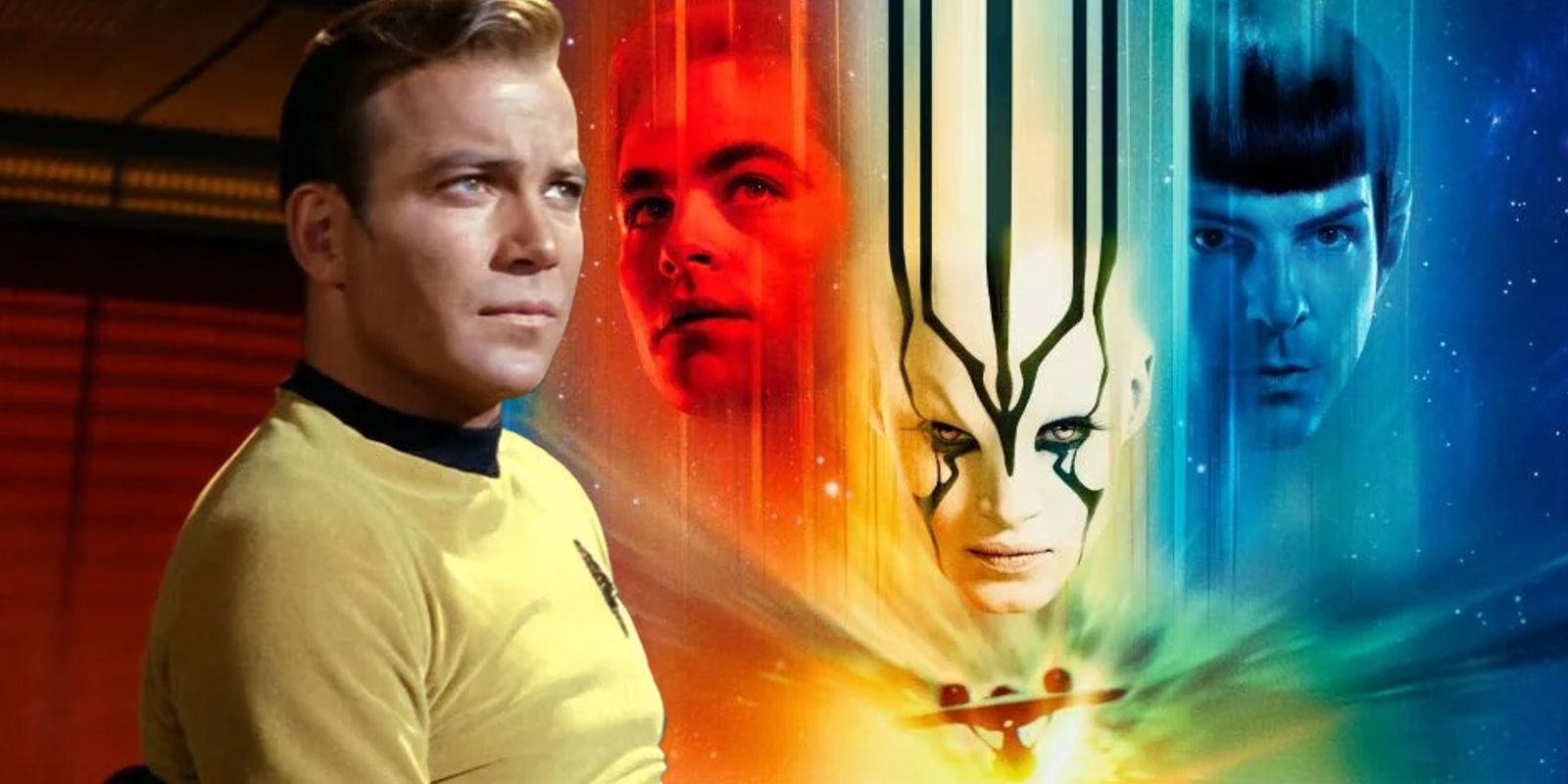
There’s an obvious narrative reason why the Kelvin Timeline should avoid further TOS references, and it stems from the nature of the alternate universe itself. The fact that the Kelvin Timeline was created by a series of events that occurred at the same time as James Kirk’s birth means that its world is drastically different from that of The Original Series. This means that decades of Star Trek backstory exist differently in the Kelvin Timeline, and that should have a drastic impact on its stories. What’s more, the further along in the Kelvin Timeline the Star Trek movies go, the further removed their stories should become from those of the Prime Universe. This is a simple matter of cause and effect, and it fits perfectly within the bounds of Star Trek‘s logic.
There is another reason that the Kelvin Timeline should move on from TOS, though, and that is simply that it was established as a fresh start. The idea of establishing a separate timeline specifically facilitated the ability to tell stories without the limitations of continuity, and therefore, making constant references to the stories and characters of TOS burdens the Kelvin Timeline. If there’s enough difference between the timelines for the cast of Star Trek‘s Kelvin Timeline to change in appearance from that of TOS, then it’s safe to assume that continuous references to the source material would be a somewhat unlikely coincidence.
Star Trek Into Darkness Failed At Recreating TOS Success
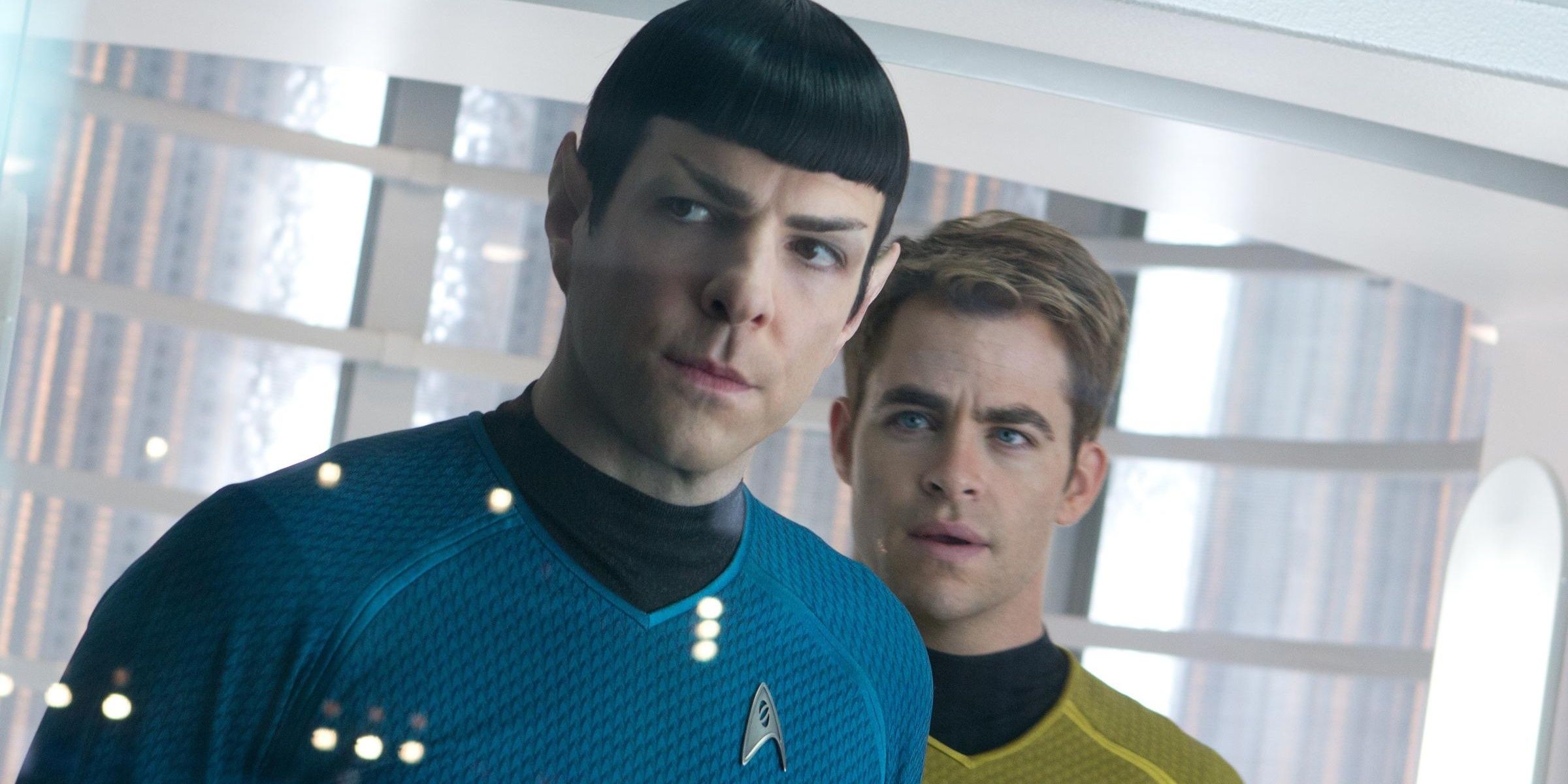
The Kelvin Timeline’s most major foray into a TOS storyline was Star Trek Into Darkness, which retooled much of the plot of the beloved Star Trek II: The Wrath of Khan and the classic TOS episode, “Space Seed”. Bringing a version of Khan Noonien Singh into the Kelvin Timeline made a reasonable amount of sense from a narrative point of view: he was put into stasis before the timeline branched off, so his existence is one connection that actually tracks. However, the movie itself ultimately failed to recreate the success of TOS‘ original versions of its stories.
It’s been suggested that Star Trek should move on from Khan, and the Kelvin Timeline’s pointless revisiting of the established story was an exercise in futility. The story it told had already been told in the Prime Universe, and retelling it with a new cast only highlighted what a waste of the Kelvin Timeline’s potential it was. It offered very little to the Star Trek franchise as a whole, but more importantly, it proved that the Kelvin Timeline is better off avoiding any reliance on TOS.
Star Trek Beyond’s Story Improved The Kelvin Timeline
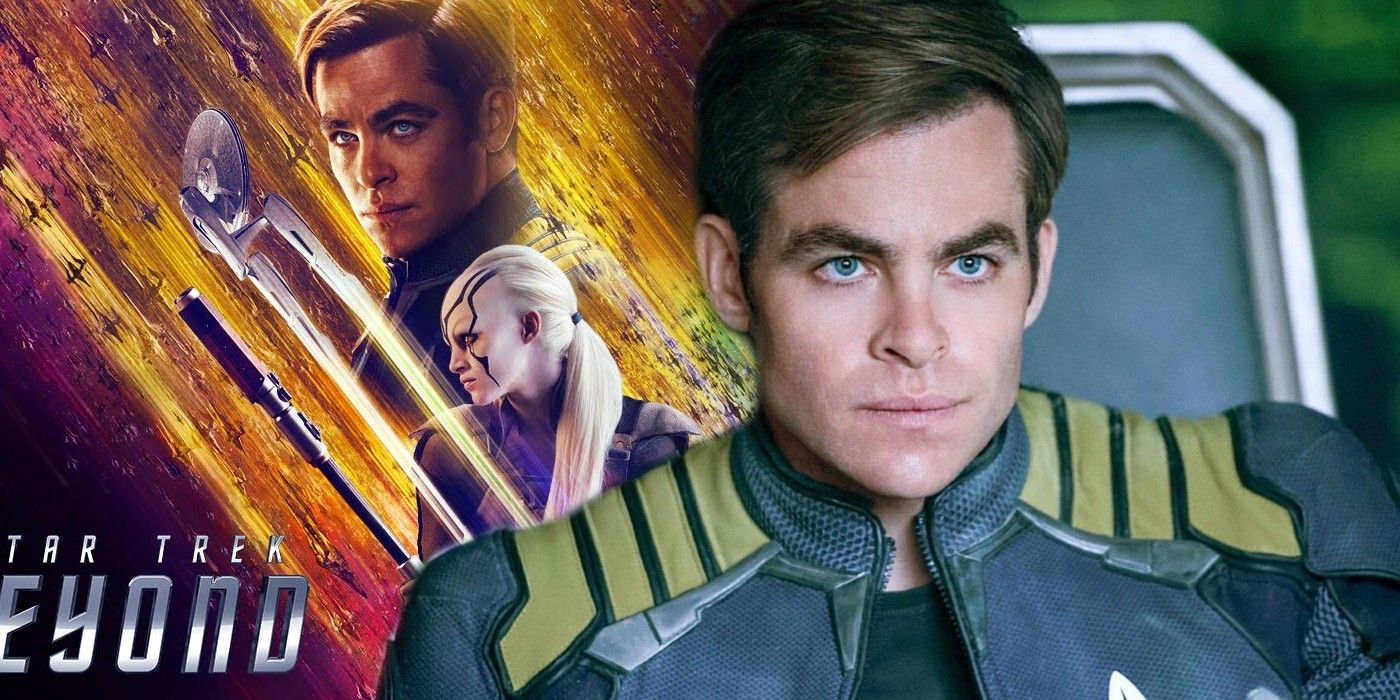
After Star Trek Into Darkness proved divisive, its sequel, Star Trek Beyond, did the unthinkable: it eschewed The Original Series and its established stories, and moved into unknown territory. In doing so, the Kelvin Timeline’s third movie finally felt fresh and original, establishing independence from the Prime Universe at last. Star Trek Beyond‘s story was great because it was something new – not the tired retreading of overly familiar stories but a large-scale, high-stakes sci-fi adventure that felt genuinely exciting.
Ironically, the degree of separation from The Original Series is actually what made Star Trek Beyond best recapture the spirit of trailblazing adventure that made the franchise popular in the first place. In removing itself from familiar territory, Beyond improved the Kelvin Timeline by promising new and interesting stories that TOS never explored, finally hinting that the alternate universe would be able to live up to its potential. Though elements of the film itself proved relatively divisive, it seemed to mark the beginning of the Kelvin Timeline’s journey into a strange new world, fulfilling the decades-old Star Trek promise in the process.
Why Star Trek 4 Should Distance Itself From TOS
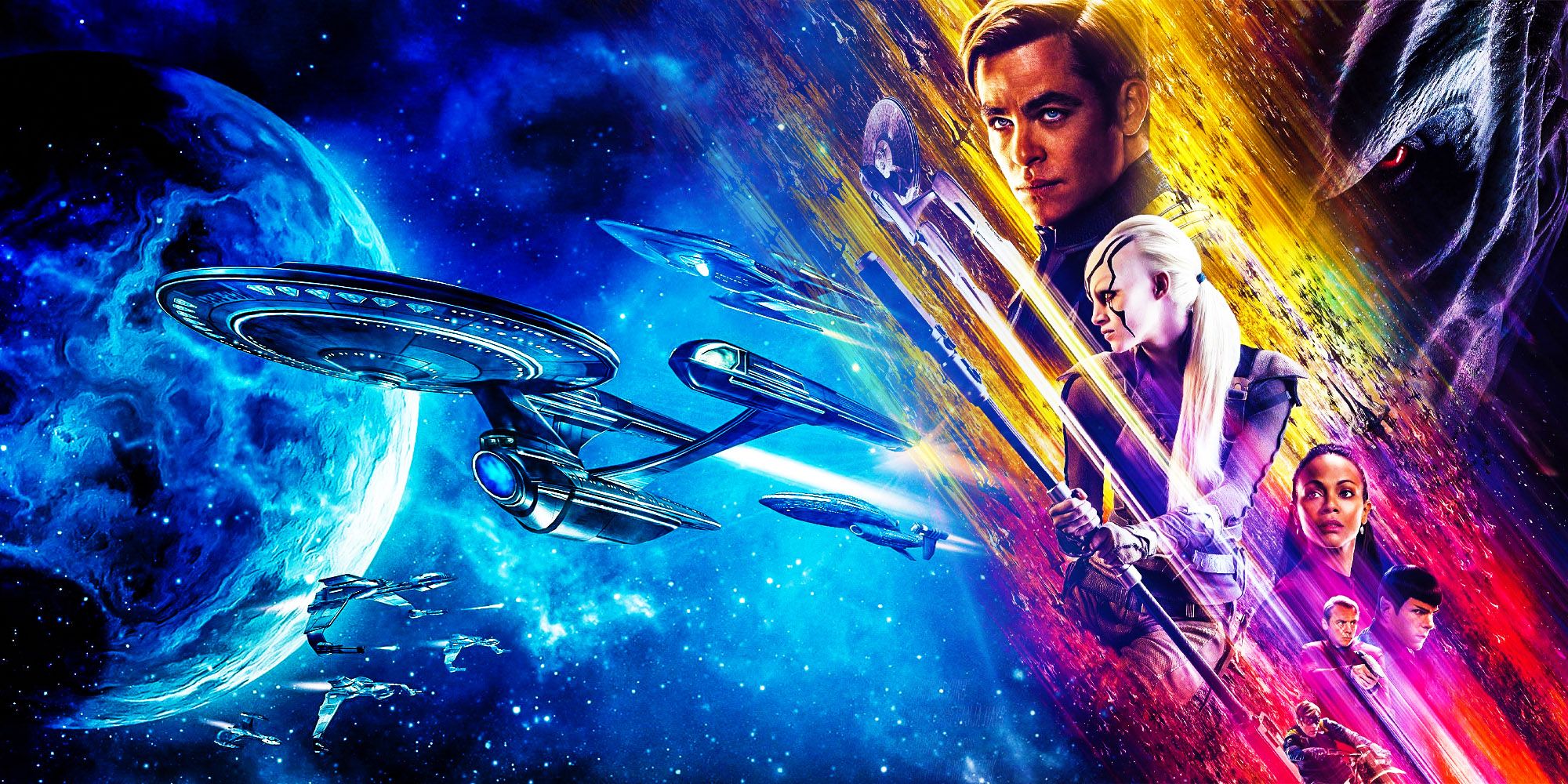
As Beyond began to move away from the stories of TOS, Star Trek 4‘s story should continue along that line. It not only makes sense from a narrative point of view given the nature of the alternate timeline, but it also makes in order to fully establish the Kelvin Timeline as separate from TOS and not just a series of reboot movies. What’s more, the Kelvin Timeline’s foray into retelling TOS stories didn’t land as intended, proving exactly why Star Trek 4 needs to avoid that mistake.
In the Kelvin Timeline’s earlier stages, it was necessary to create links to TOS in order to buoy the movies’ franchise credentials, but now Abrams’ continuity has been successfully established, those connections are no longer needed. The cast of the Kelvin Timeline shares excellent chemistry which helps the movies stand apart from TOS, and after Beyond‘s story, Star Trek 4 can break Kelvin Timeline habits by reducing the amount of elements recycled from TOS episodes and movies. If the Kelvin Timeline is intended to be a separate part of the Star Trek franchise, then Star Trek 4 needs to better explore that idea by distancing itself further from Star Trek: The Original Series.
